Tumbes Mangroves National Sanctuary is the best prove that there’s a lot more to Tumbes than its beautiful beaches.
This natural site covers an area of 2972 hectares and is located on the coast border with Ecuador. It is a unique place and the largest area of mangroves in Peru.
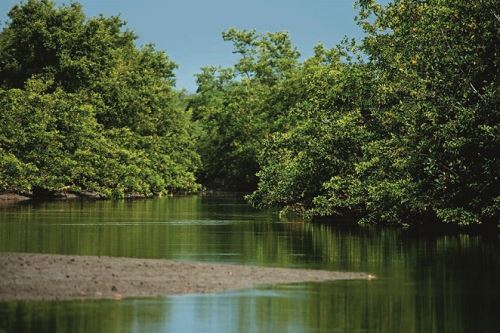
The most striking thing of this ecosystem is not only its biodiversity, but the fact that many human populations receive direct benefits from it through the extraction, trade and consumption of hydro-biologic products.
In addition to this, visitors can enjoy whale- and giant turtle-watching tours, which are gaining popularity due to an increasing demand of eco-tourism in the world.
Lachay National Reserve
Its close location (only 3 hours from Lima) and easy access make Lachay National Reserve the ultimate weekend getaway. Unusual summer rains in Lima turn the coastal desert of Lachay into a green paradise.
Fauna species include: Spiny Holdback or tara; Campomanesia Speciosa; Vasconcellea candicans or mito and Prosopis pallida or Huarango. These species have the ability to adapt to the mist usually seen during the season.
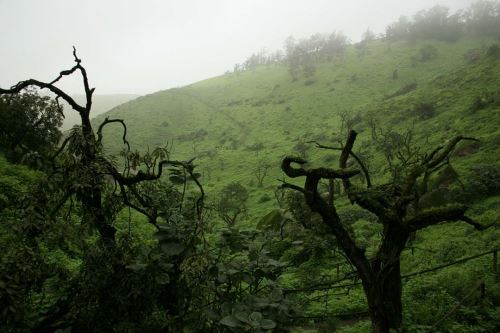
Visitors can contemplate different bird species, such as the common kestrel, variable hawl, "cactus canastero", tawny-throated dotterel and others, such as the Andean tinamou. In total, 60 bird species have been identified so far. Other animals are bats, Darwin's leaf-eared mice (Phyllotis darwini) and the Sechuran fox.
Novelties include speleology (exploration of caves) and watching rock paintings.
Tambopata National Reserve
A must for nature lovers, Tambopata National Reserve is one of the best choices to welcome the new year surrounded by infinite amazon biodiversity.
This captivating protected area boasts countless species, such as giant otters, jaguars and macaws, just to name a few.
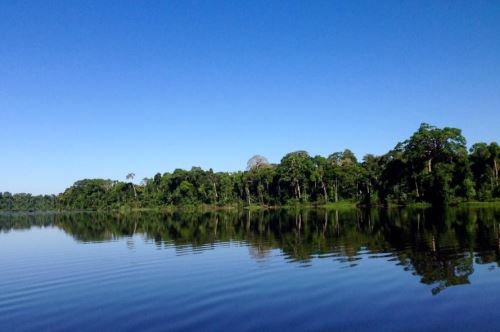
Visitors can take in all this flora and fauna along Tambopata’s 8 tourist routes.
The reserve even caters for thrill-seekers, offering adrenaline-packed activities like kayaking, rafting, among others.
Attractions also include observation towers, zip-lining and hanging bridges for a 30-meter-high view of Peru’s breathtaking rainforest.
Pomac Forest Historical Sanctuary
This northern destination is a refuge for carob trees, birds, and varied flora. 70 bird species, 7 mammal species, and 9 reptile species have been spotted living in within the protected area.
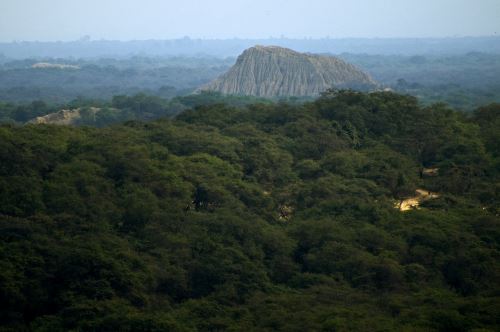
The sanctuary houses nearly 36 pyramids from the Sican culture (called “huacas”), where archaeologists have discovered some of the finest Pre-Columbian pieces to date.
Pomac Forest is ideal for long treks, camping, horseback riding, mountain biking and many other activities.
Tingo Maria National Park
Surrounded by the towering Bella Durmiente (Sleeping Beauty) mountain range, Tingo Maria National Park is home to a complex underground cave system. The best is undoubtedly Cueva de las Lechuzas (Cave of the Owls), a top bird watching tourist route.
Also a Tingo Maria gem, Tres de Mayo lies to the south of the park and is 14 km away from Tingo Maria city.
Travelers should head to Huanuco city in a 20-minute drive to get there. Different types of insects, birds, as well as medicinal, forest and ornamental plants can be seen during the journey.
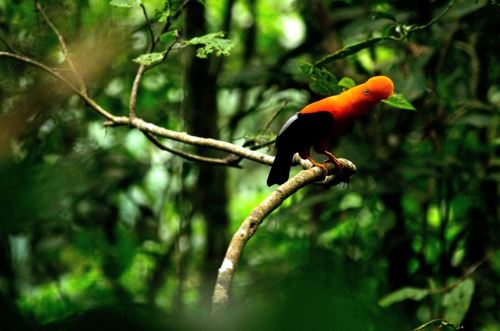
The landscape also includes beautiful waterfalls such as Gloria Pata and Sol Naciente.
Tourists can now arrange their next visit to a protected area with Peru Natural, an app featuring information on routes, services and tourist attractions of each natural protected area, as well as best times to visit and traveler tips.
Peru Natural is available for iOS and Android. Once downloaded, the app does not require an Internet connection to run.
(END) NDP/LZD/MAO/DHT/MVB